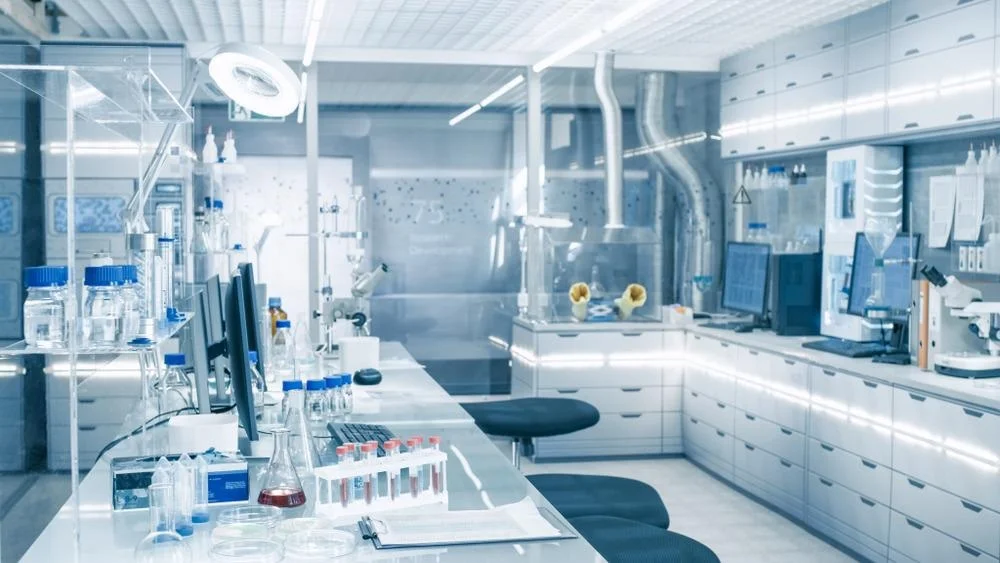ISO 13877 Determination of Polycyclic Aromatic Hydrocarbons in Soil
The ISO 13877 standard is a crucial method for the determination of polycyclic aromatic hydrocarbons (PAHs) in soil. PAHs are a group of chemicals that have been associated with various health risks, including cancer and respiratory issues. These compounds can originate from various sources such as petroleum products, coal tar, and incomplete combustion processes.
The standard outlines the procedures for extracting PAHs from soil samples followed by their identification and quantification using gas chromatography-mass spectrometry (GC-MS). This method ensures accurate and reliable results that are essential for regulatory compliance. The testing process involves several key steps:
- Sample Collection: Soil samples should be collected from various points within the area of interest to ensure a representative sample.
- Preparation: The soil is typically dried and then ground to a fine powder. This step ensures that all PAHs are accessible for extraction.
- Extraction: An appropriate solvent, such as methanol or dichloromethane, is used to extract the PAHs from the soil sample.
- Cleanup and Concentration: The extracted mixture undergoes a cleanup step to remove any interfering substances. Then it is concentrated for analysis.
- Analysis: Using GC-MS, the PAHs are identified based on their retention times and mass spectra. Quantification can be done by comparing peak areas with those of known standards.
The results from this procedure provide critical data that help in assessing environmental contamination levels, which is vital for remediation efforts. Compliance officers and quality managers rely on such testing to ensure regulatory adherence, while R&D engineers use the results to develop safer products and processes. Procurement teams benefit as well by ensuring suppliers meet stringent PAH standards.
ISO 13877 ensures that all steps in the process are meticulously followed, leading to consistent and reliable data. This standard is widely recognized for its robustness and reliability, making it a preferred method among regulatory bodies and environmental agencies worldwide.
Quality and Reliability Assurance
The quality and reliability of the ISO 13877 test are paramount. To ensure consistency in results, strict adherence to procedural guidelines is essential. Below are some key aspects that contribute to maintaining high-quality standards:
- Calibration: All equipment used for extraction, concentration, and analysis must be regularly calibrated using certified reference materials.
- Standard Operating Procedures (SOPs)





